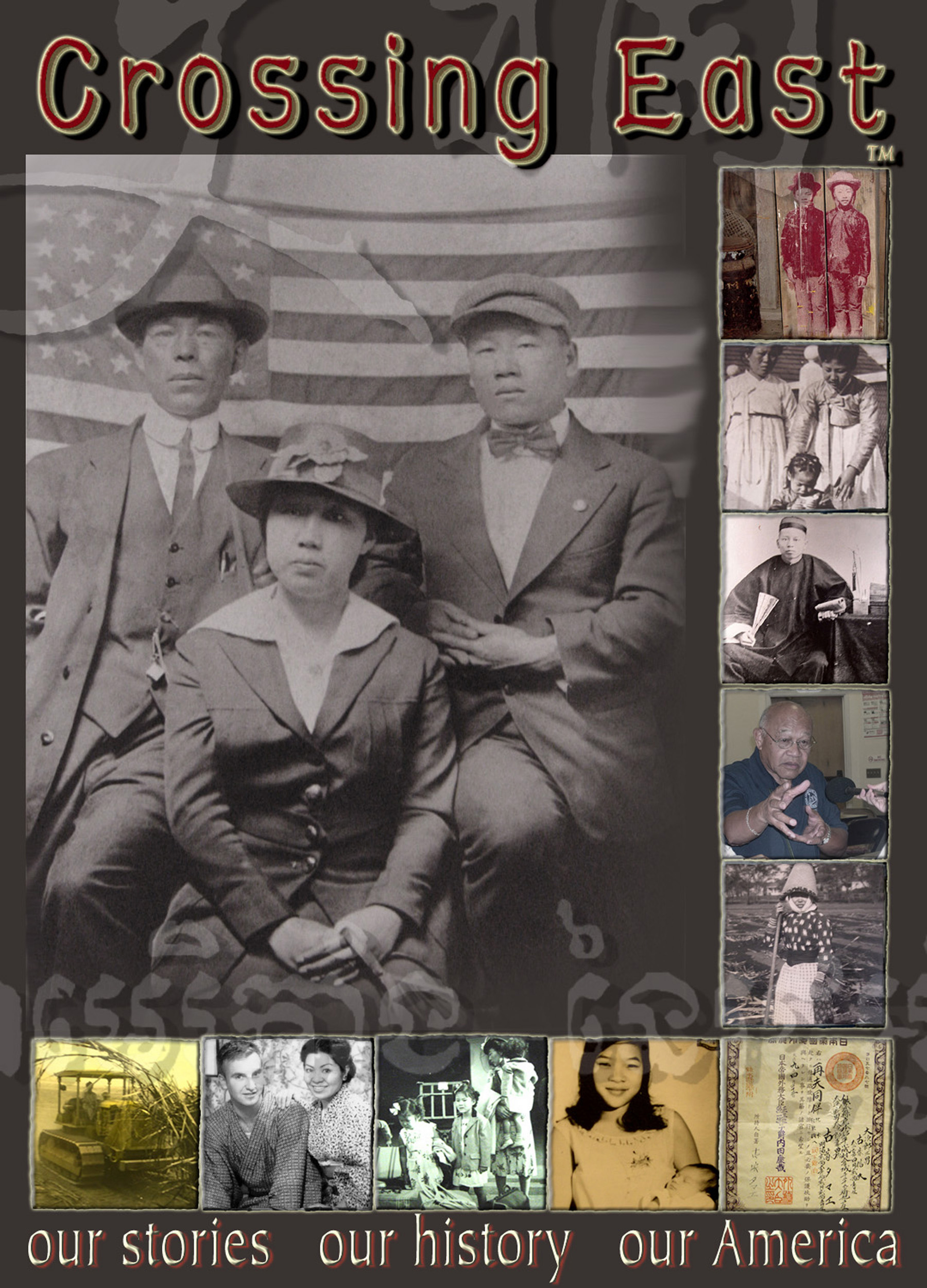LISTEN Part 1Download
LISTEN Part 2 Download
My name is Franklin S. Odo. I’m director of the Asian Pacific American Program here at the Smithsonian Institution.
HARSH LABOR CONDITIONS. GLOBAL MIGRATION AND LARGER CONTEXT OF 1800S.
:49 There’s a lot of labor migration going on at the time. And the specific, particular groups that come to Hawaii, come to Hawaii because they’re not part for example of the French empire or the British empire, where you have Indians going to the Caribbean or to Africa, for example. So the Chinese first and then the Japanese and Koreans and Filipinos, happen to fall in a geographic sector that isn’t colonized by anybody else in Europe. And so that helps explain which particular groups come to Hawaii. This is happening all over the world, partly as a result as industrial agriculture having taken root. 1:40 So plantation cultivation taking place, which accounts for slavery, African slavery, or Caribbean plantations, tobacco, rum, sugar, and tea and coffee, and cocoa. All of these plantation commodities require a large numbers of cheap labor. And so that’s the overall framework where this takes place.
HOW WOULD YOU DESCRIBE PLANTATION LABOR CONDITIONS FROM THE BEGINNING AND HOW DID IT EVOLVE
2:34 The first workers recruited were natives, natives Hawaiians and what the planters found is that they weren’t reliable. Partly because they could run away and go home and they could find places of refuge, so they were not a good, controllable labor force. But to the question about Beechert’s comment, I think what he means to say by that is that it wasn’t as oppressive as say conditions in the Caribbean or in Africa or in South East Asia or parts of Fiji for example where from a comparative point of view, they’re not as horrible. But from the point of view from the people being brought from China, Japan, or Korea, the conditions were very bad. I would say oppressive is a useful term to descsribe conditions where people couldn’t barely send enough money to send back to their families in Asia, where the gender imbalance was so huge that you had prostitution rampant, gambling, social disorders that were extremely difficult for the primarily male workforce to survive. So I would say oppressive is a pretty good term. Read more...
